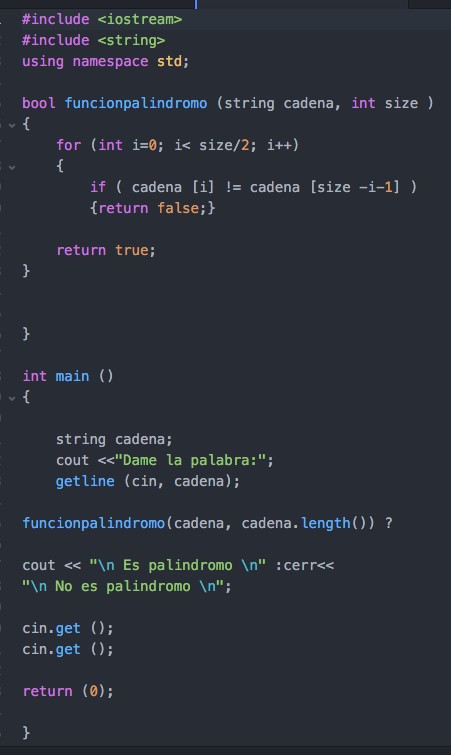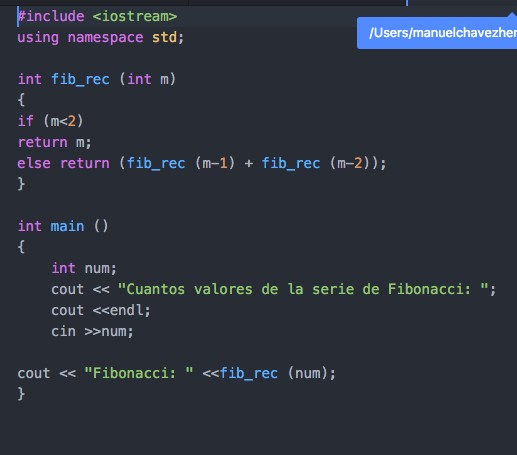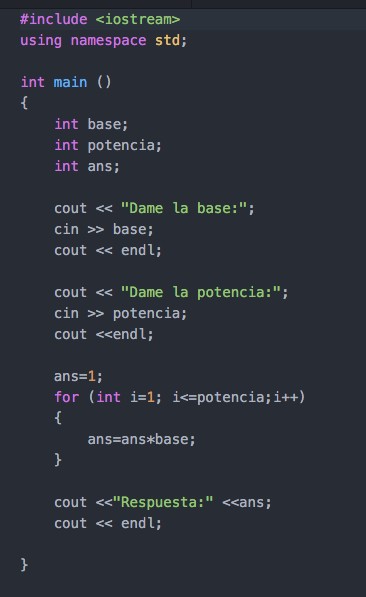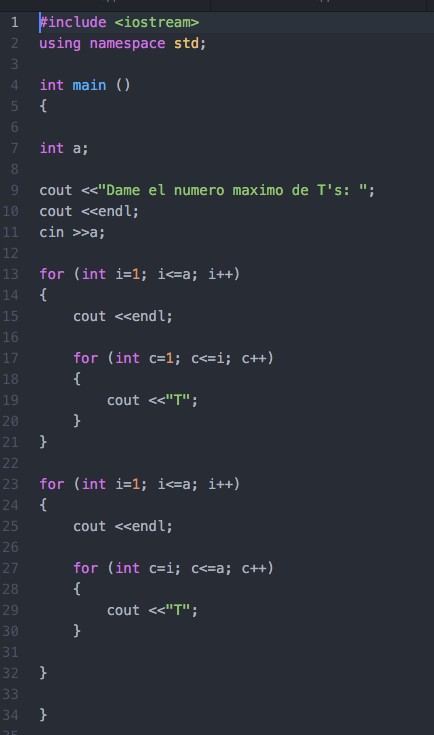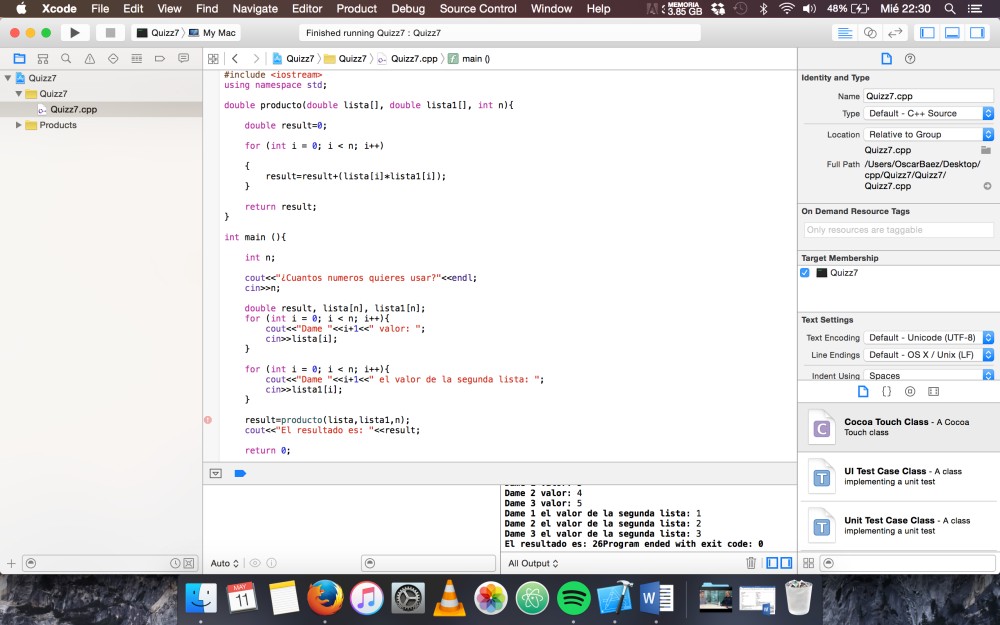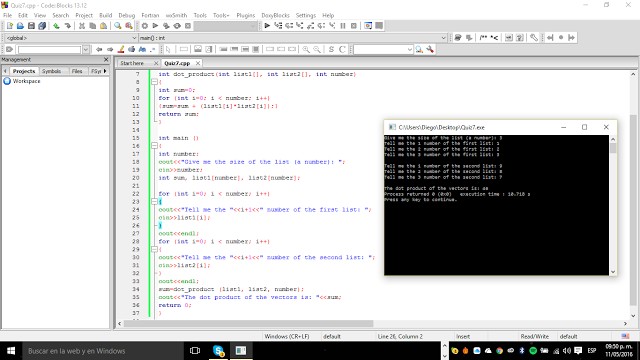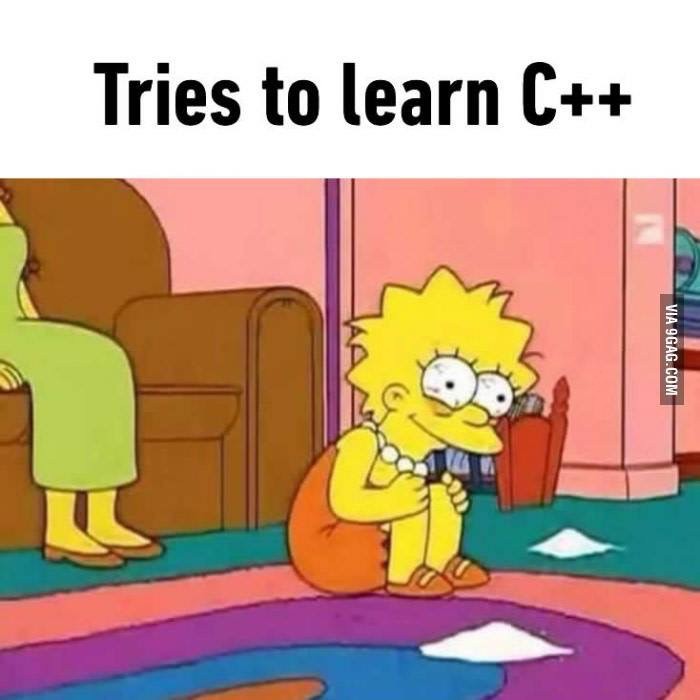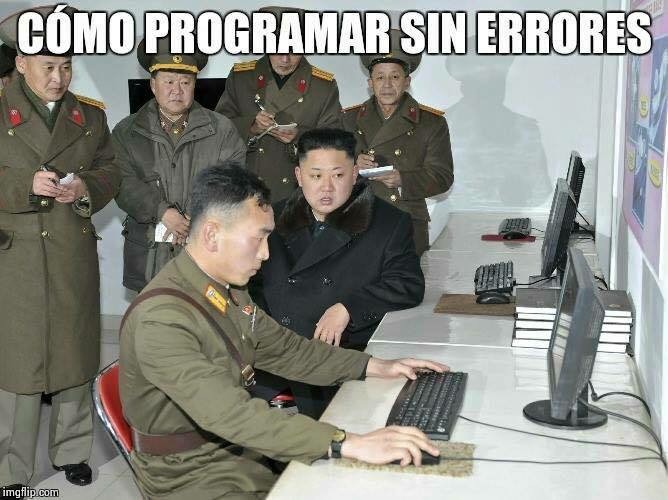#TC1017 #WSQ13
Q1:
For this first question we had to print out a kind of rotated pyramid, which I must say I found somewhat complicated because of the nested ifs. All important notes can be found in the source code:
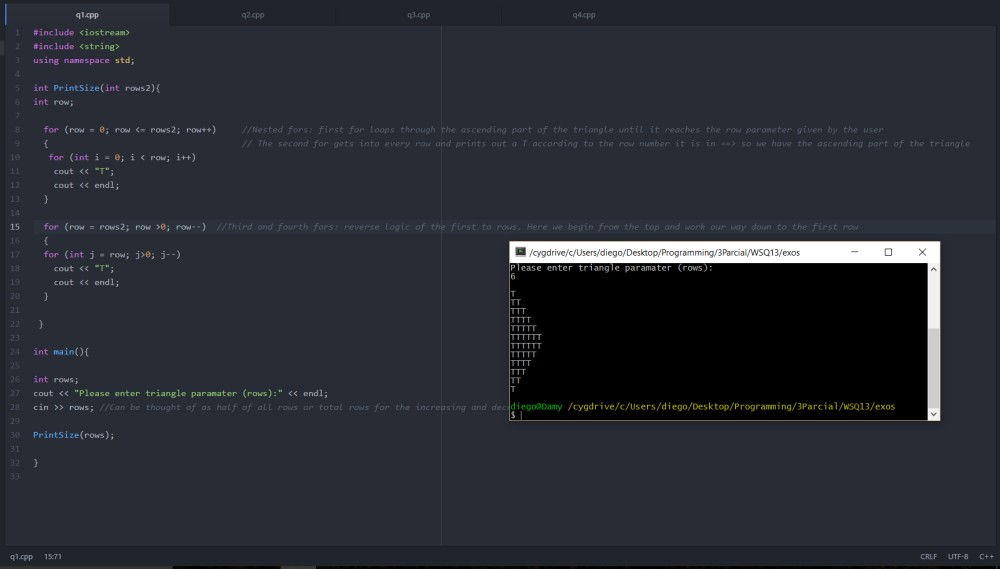
Q2:
The superpower one. We had already done this as a quiz, but I didn´t realize my old code wasn´t really working so it took me a while to realize what I was doing wrong. It turned out I had to multiply the result by the base, and I was doing some weird additions. But now it works perfectely.
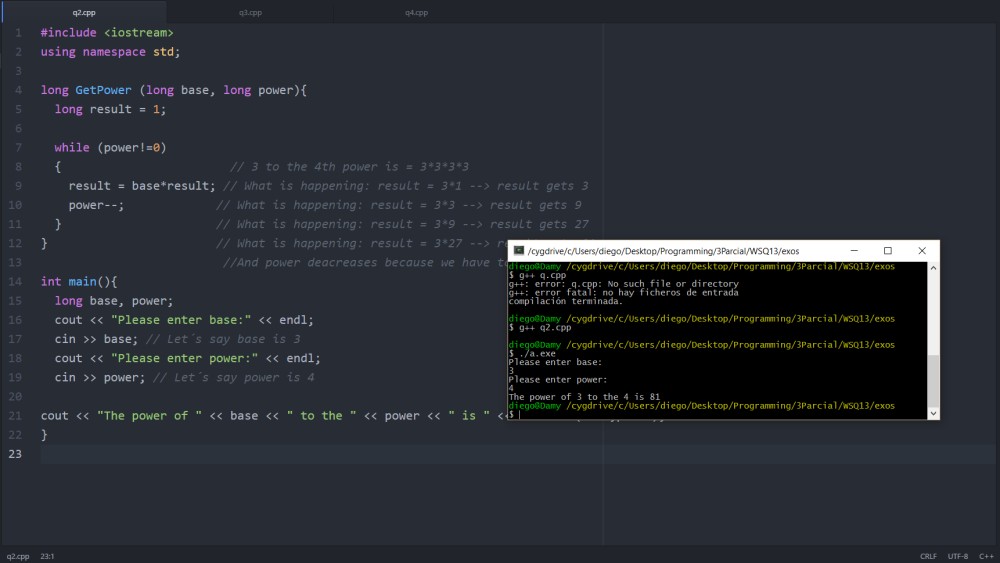
Q3:
The fibonacci series was also already done before, it is quite simple.
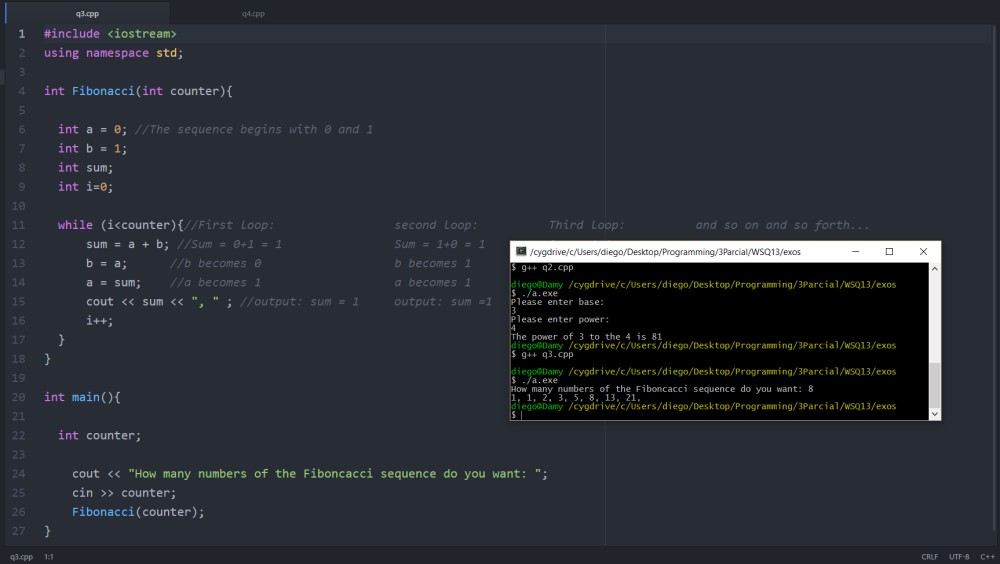
Q4:
This last problem I could not complete, but here is my source code:
#include <iostream>
#include <string>
using namespace std;
int FindPali(string word){
int i, j;
int size = word.size();
/*This cycle should compare all indices to their opposites to chech for symmetry and decide wheter it is a palindrome or not, however it is not doing anything it seems.*/
for (i=0; i<size; i++){
} cout << word[i];
for (j=size; j>0; j–){
} cout << word[j];
if (word[i] == word[j]){
return 1;
}
}
int main(){
string word;
cout << “Please enter the word:” << endl;
getline (cin, word);
if (FindPali(word)==1){
cout << “Palindrome!” << endl;
} else {
cout << “Not a palindrome.”<< endl;
}
}
GitHub link including all questions: https://github.com/diegodamy/Exam2-Q1

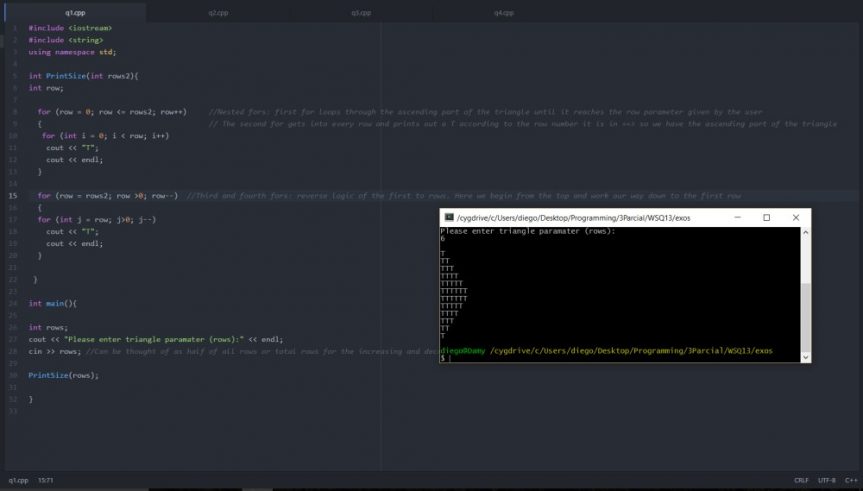

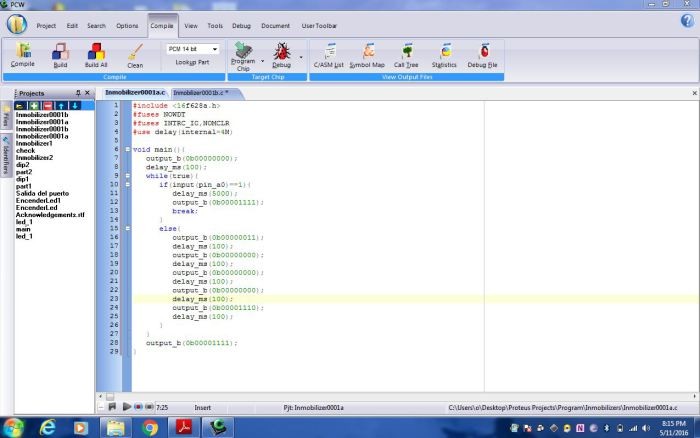

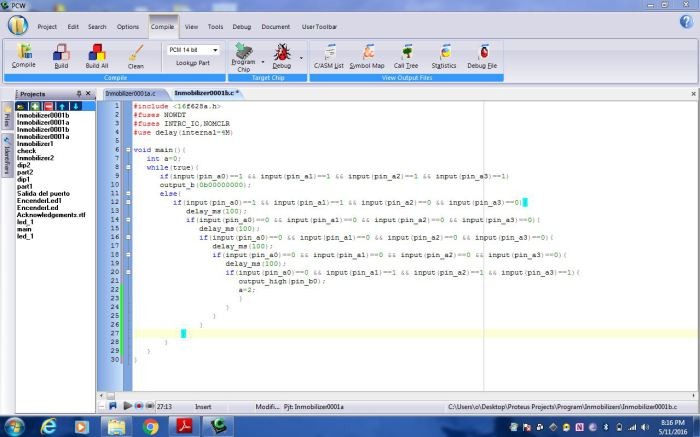 Here is a screenshot of my code. The first image shows the code for the first pic which is on the the transmitter
Here is a screenshot of my code. The first image shows the code for the first pic which is on the the transmitter 


